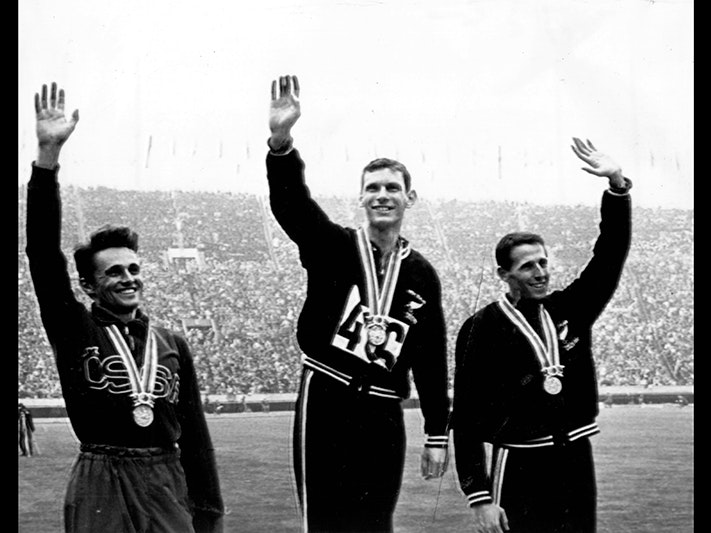
Medal-winning magic
Get into the Olympic spirit, and see two iconic gold medals up close.
Closed
Wed 24 July to Tues 24 September
Exhibition Ngā whakaaturanga
Free museum entry for New Zealanders and people living in New Zealand
Open every day 10am-6pm
(except Christmas Day)
Free museum entry for New Zealanders and people living in New Zealand
Professional and community-level sport has a long history in Aotearoa New Zealand from team sports to individual achievements. Read about rugby, running, racing, and rowing, along with political crossovers like the 81 tour, international firsts like the Britten Bike, Olympic champions like Peter Snell, and life before the All Blacks.

Get into the Olympic spirit, and see two iconic gold medals up close.
Closed
Wed 24 July to Tues 24 September
Exhibition Ngā whakaaturanga

See the record-breaking Britten V1000 motorbike, designed and built by Kiwi genius John Britten.
On now
Long-term display
Exhibition Ngā whakaaturanga

A collection of photos showing the deinstallation of the Britten V1000, giving you access to parts of the bike rarely seen.
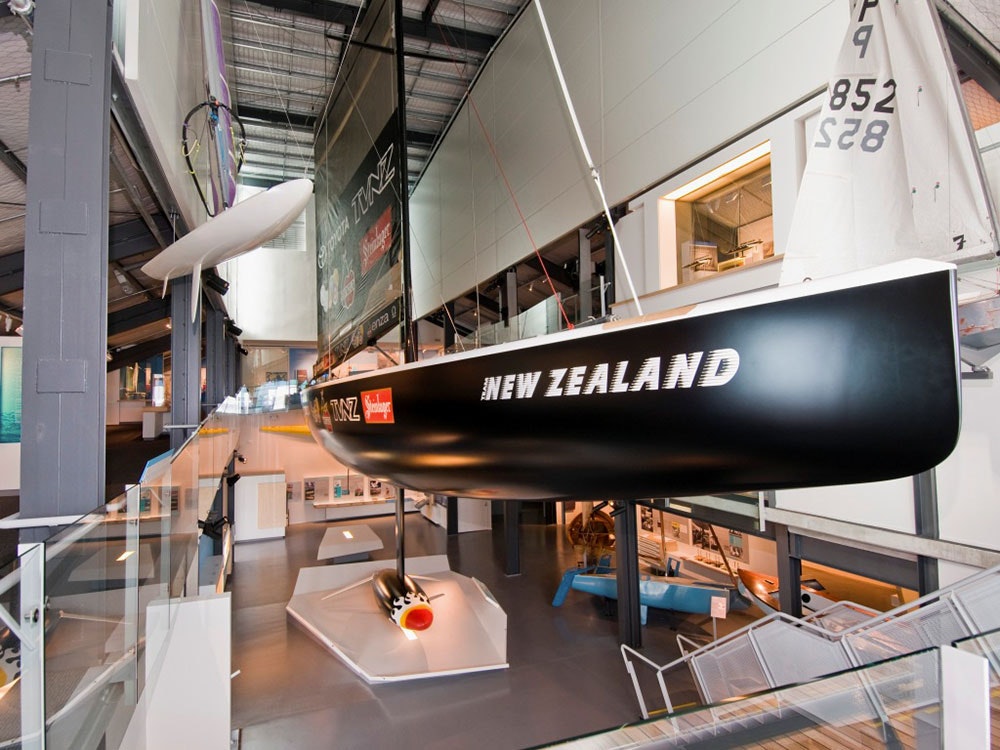
‘She went like a rocket’. History curator Stephanie Gibson and Lady Pippa Blake discuss NZL32 AKA Black Magic and New Zealand's America's Cup win on 13 May 1995.
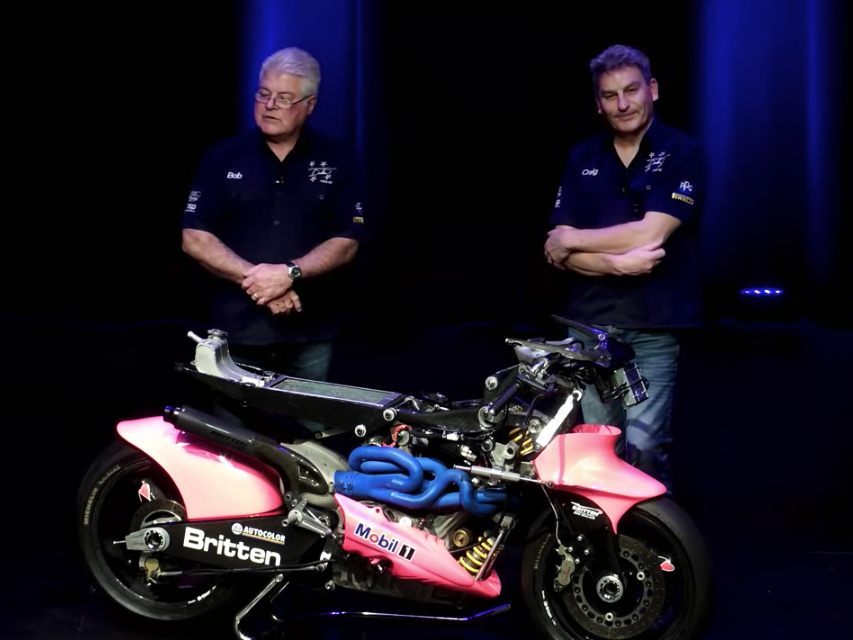
Bob Brookland and Craig Roberts share their memories of John Britten and explain what makes his world-beating motorbikes so unique.

Cricket players and spectators are interesting subjects for photographers, whether they are attempting to capture the players’ movements in action – a fast bowler in flight, a poised batsman – or spectators engrossed in the game.
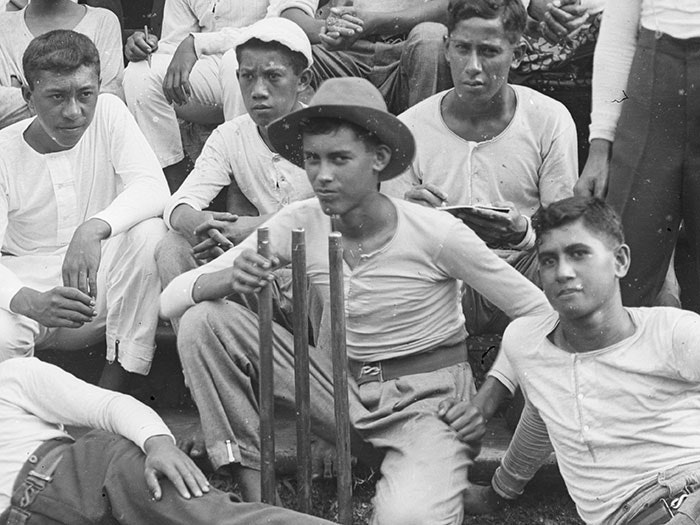
Pacific peoples picked up cricket from British colonial settlers and quickly developed their own versions of the game. Indigenous forms of cricket are now played by Pacific communities across the world.
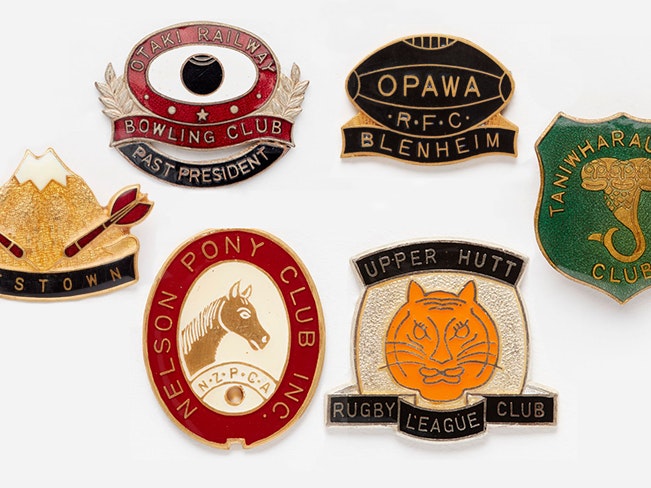
Te Papa holds over 1,300 community club badges and pins made by Trevor Dick in Petone, Wellington during the 1950s to early 1980s, under his company name T.M. Dick & Co Ltd. The collection provides an insight into the wide range of interests, both personal and professional, that brought New Zealanders together.
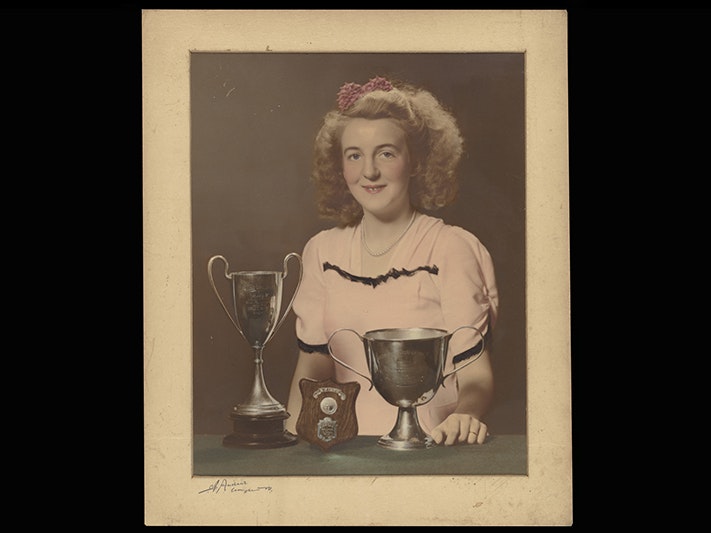
This collection of trophies, medals, certificates, and photographs represents the sporting achievements of Shirley Cross, a champion roller skater and leader of a marching team called the Majorettes.
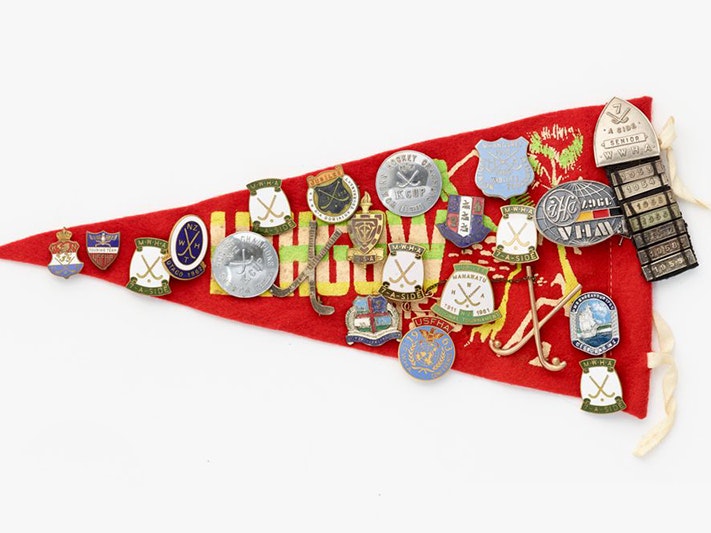
View the badge-encrusted pennants carrying mementoes of the international hockey career of Elva Marama Love (née Enoka) (Te Ati Awa, Ngāti Puketapu, Ngāti Tuaho, Ngāti Kahungunu, 1929–1986).
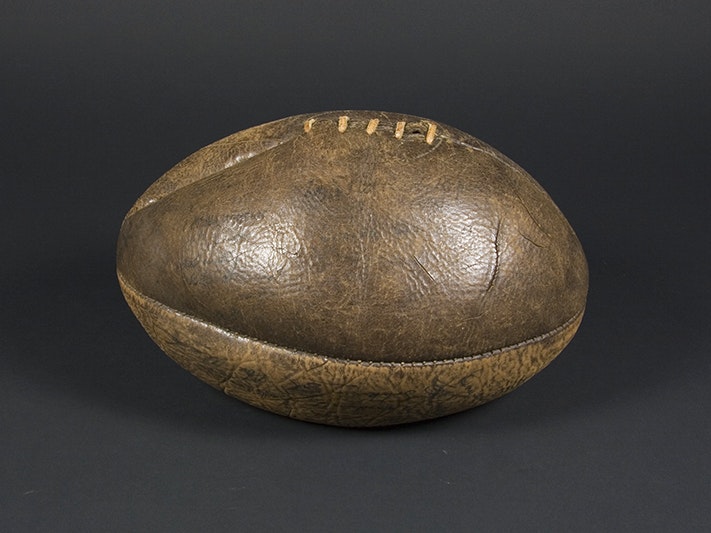
Rugby is the ‘game of two halves’ according to Sean Fitzpatrick, or ‘a hooligans game played by gentlemen’ according to Winston Churchill. But whether union or league, rugby has a big place in Aotearoa New Zealand’s history. Browse some of our collections.
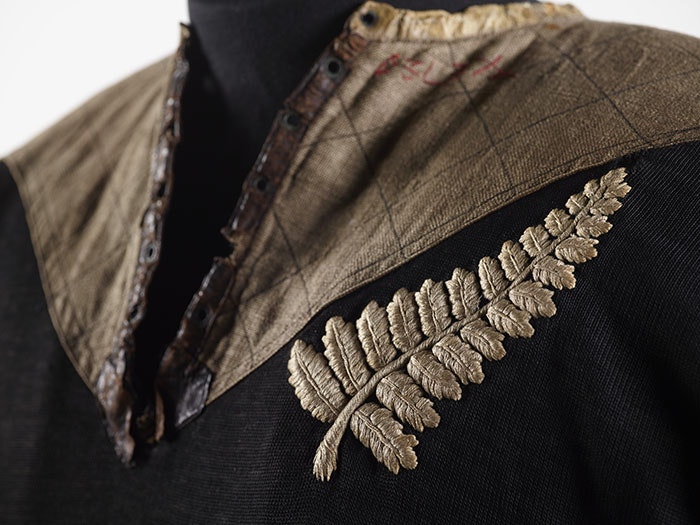
The ‘silver fern’ Cyathea dealbata – ponga in te reo Māori – is a species of tree fern only found in New Zealand but it is recognised internationally.

The ‘NZ Native Football Representatives’ team was the first New Zealand representative rugby team to tour Britain.
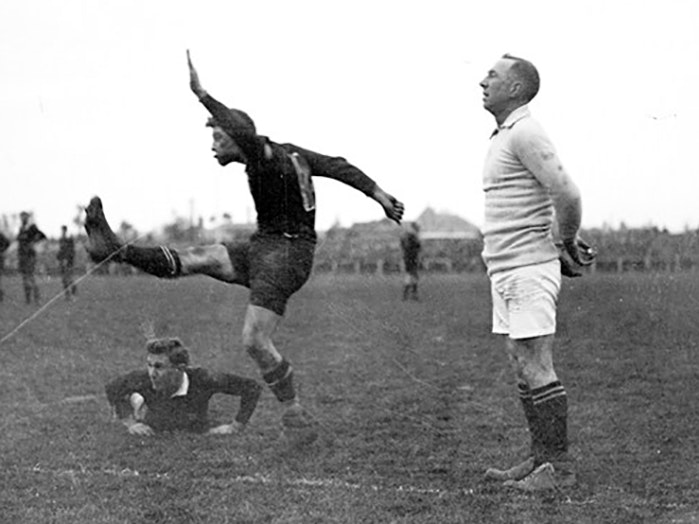
What would a New Zealand photography collection be without pictures of rugby? From local paddocks to packed stadiums, we’ve always taken snaps of our national game. Here are some of our favourites from Te Papa’s collection.
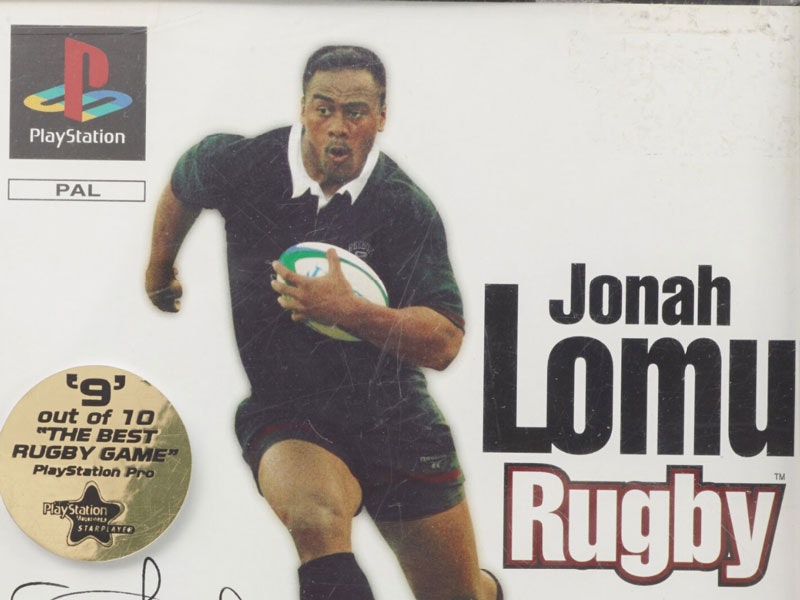
Jonah Lomu was a game changer on the field and in the world of popular culture. Pacific curator Sean Mallon and TV’s Julian Wilcox look at an example of his digital legacy.
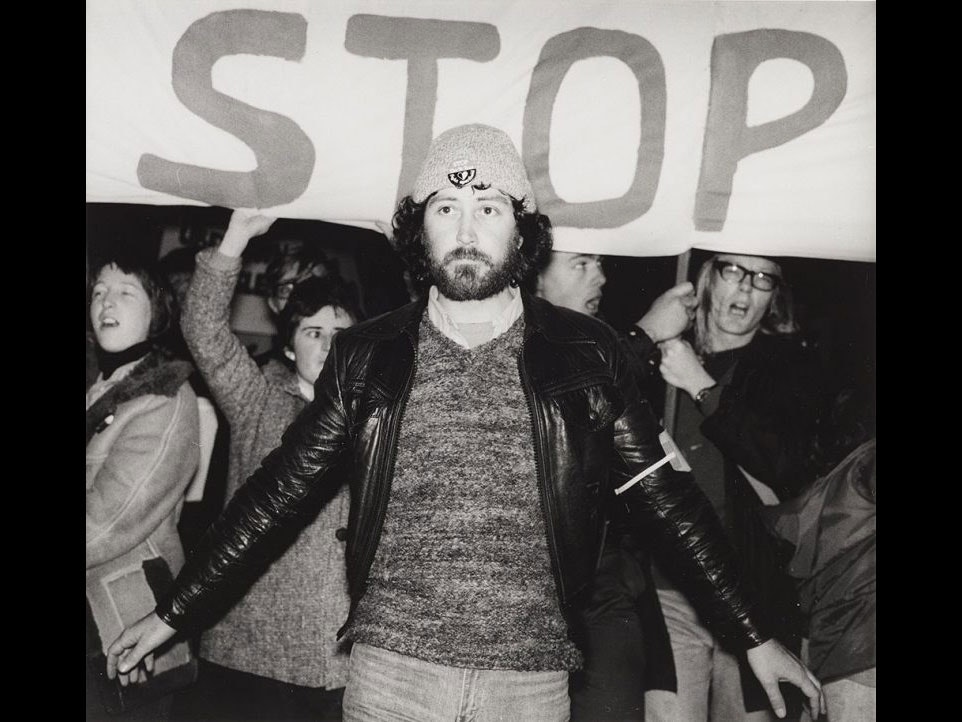
History curator Stephanie Gibson talks to Chris McBride, designer and member of Wellington Media Collective, about artists and designers making protest objects.
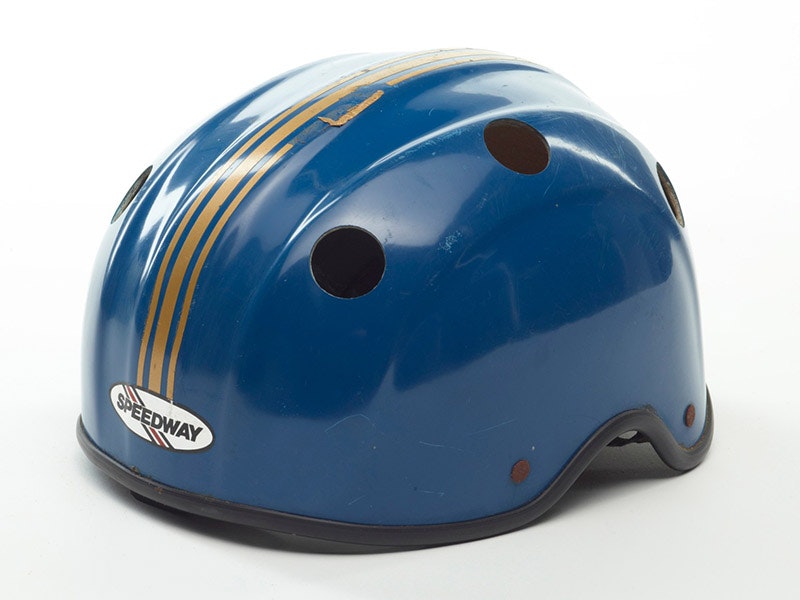
Aotearoa New Zealand erupted into violent protests when the South African Springbok rugby team toured the country from July to September 1981. Curator History Stephanie Gibson takes us through some of the items in our collection that record what many people wore as personal protection during the protests.
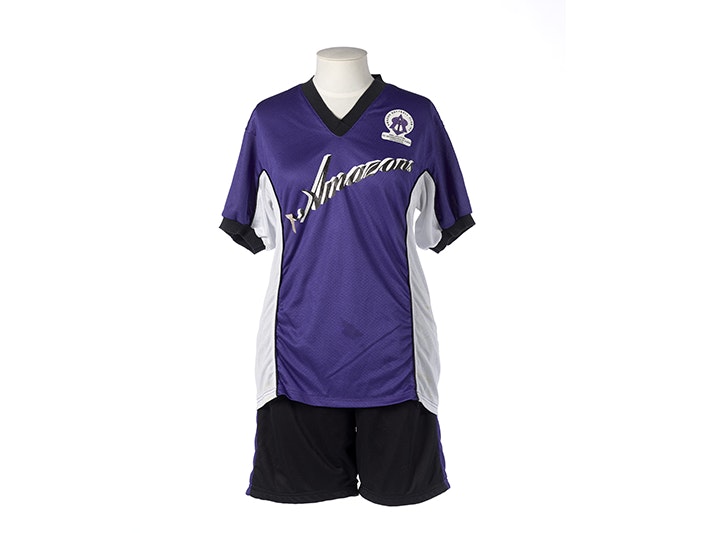
The Amazon Softball Club was the first and last lesbian softball club in New Zealand. It was formed in 1977 at a time when lesbians weren’t spoken about publically – they were virtually invisible. The club provided a safe space and an important opportunity for women who identified themselves as lesbian to meet together and have fun through sport.
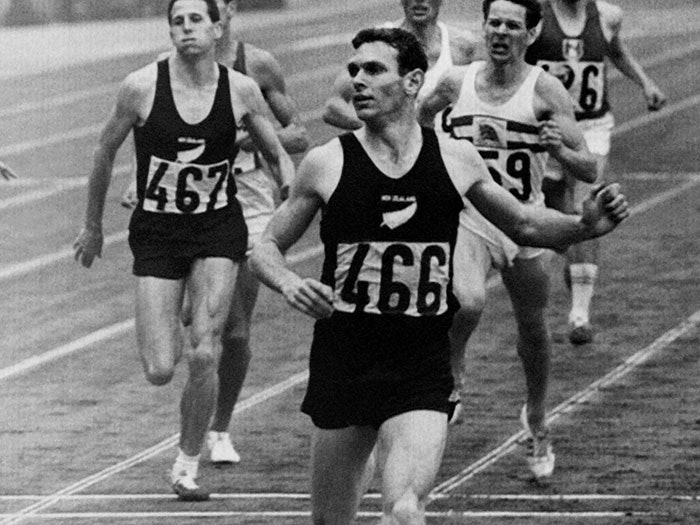
During his athletic career Sir Peter Snell won three Olympic gold medals, two British Empire and Commonwealth Games gold medals, and set at least six world records.

An overview of the 14 significant items Peter Snell has donated to Te Papa from his personal collection, including two Olympic gold medals.
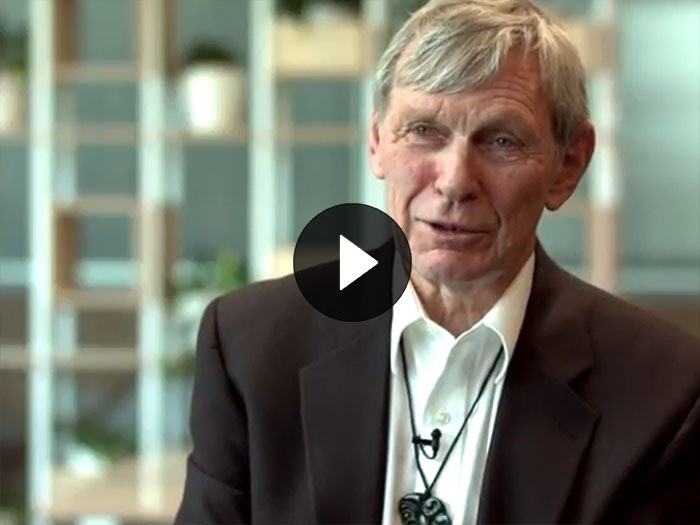
Sir Peter discusses why he donated his sporting memorabilia to Te Papa, and what he hopes people will take away from the exhibition.
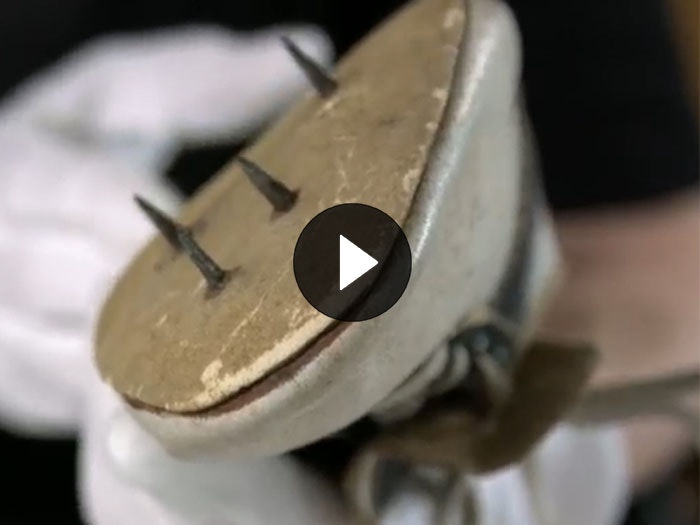
Learn about the unique shoes Peter Snell wore when he won gold in the 800m race at the 1960 Rome Olympics.
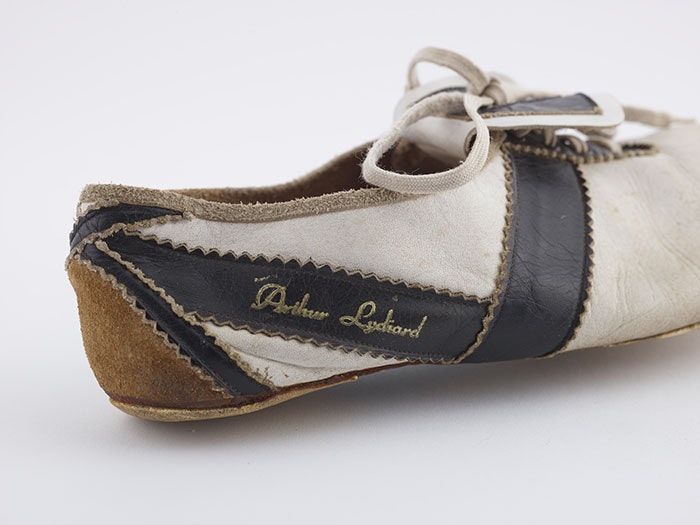
Arthur Lydiard (1917-2004) was a marathon runner and groundbreaking athletics coach.
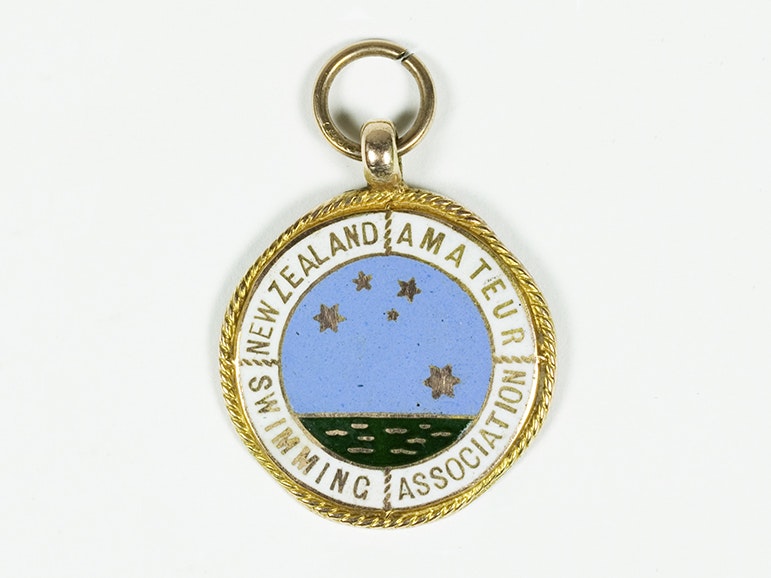
Find out about Jean Dickson (née Thomson) (1912–2004) and her competitive swimming career that began at Epsom Girls Grammar School in Auckland in the 1920s.
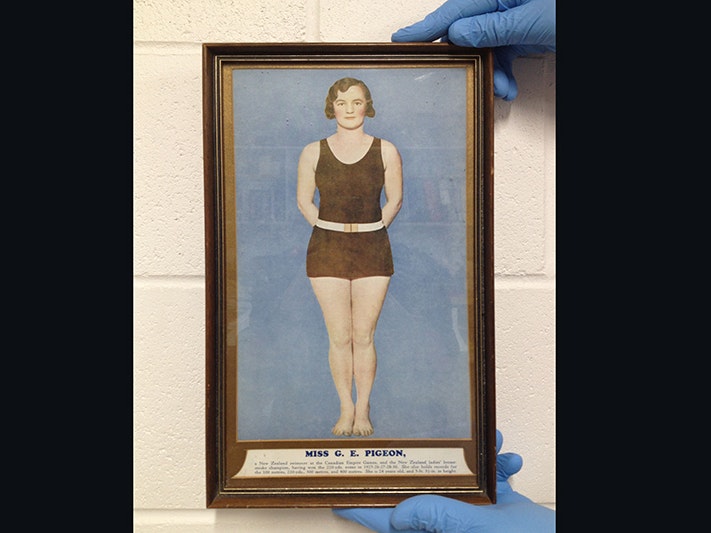
Senior Curator New Zealand Culture & History Claire Regnault uncovers the story of Gladys Pidgeon, New Zealand’s sole female representative at the first Empire Games, who was not allowed to travel alone.
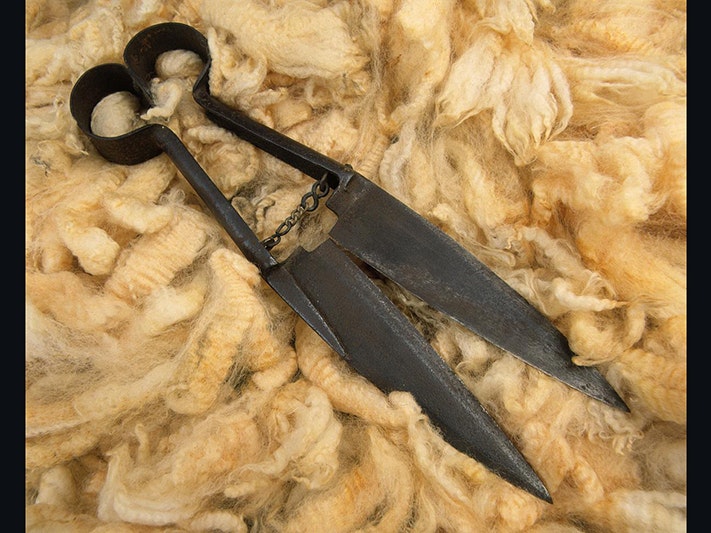
From its beginnings at a Wairarapa Agricultural and Pastoral (A&P) show in 1958 to being embraced nationwide, the Golden Shears is known globally as a premier sheep shearing and wool handling competition.